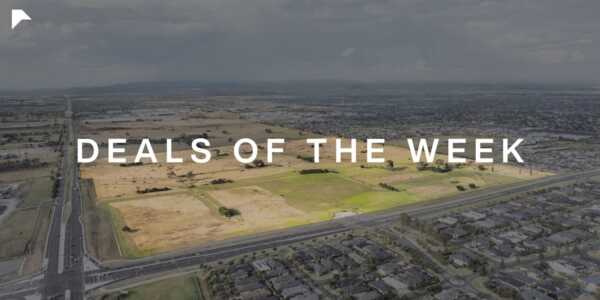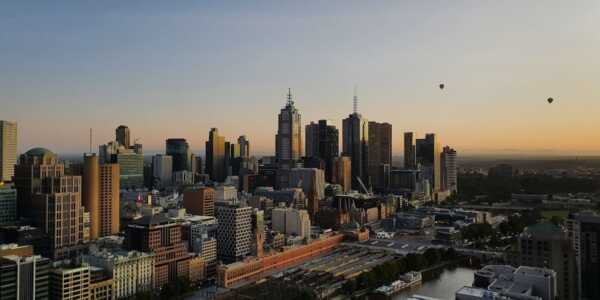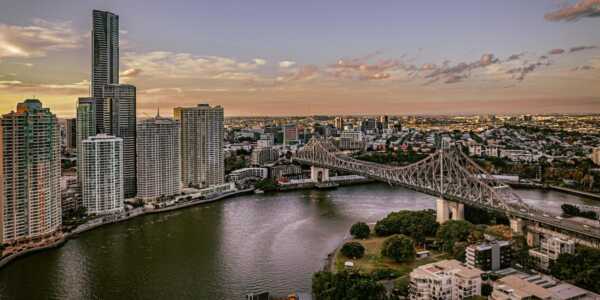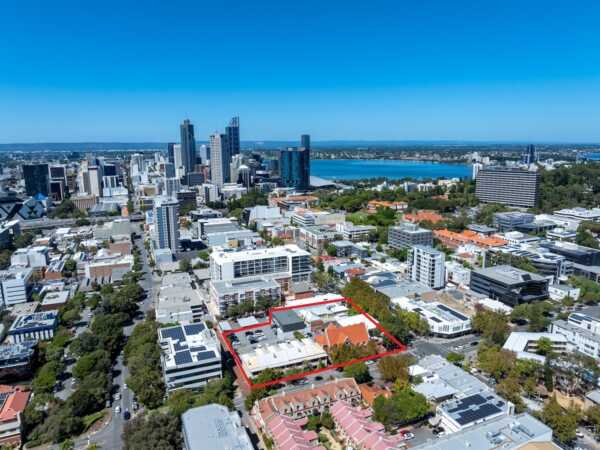With an extensive and varied property development career behind him, Kris Daff now operates as the managing director of two progressive and conscientious firms. Make Ventures is a Melbourne based property development and investment group focusing on large scale urban renewal projects. Assemble Communities is an end-to-end build to rent developer and community manager responsible for the introduction of a new and exciting housing model gaining significant notoriety. We sat down with him recently to hear how it’s all going.
DR:
Walk us through a little bit of your history.
KD:
Well after working as a civil/structural engineer and geologist I developed an interest in project and people management which lead me to a position at Docklands Authority. At a young age I gained exposure to some high-capacity property professionals which helped me transition to Evolve developments with Ron Walker and Ashley Williams. That was truly an incredible stepping stone, in which I learnt and grew significantly.
DR:
From Evolve you transitioned to Make Property Group?
KD:
Make was established about 4 years ago to pursue a few things that I was interested in; one of which was to move away from outer-ring greenfields, which had become relatively well supplied, and move towards large scale middle ring urban renewal projects, which we saw opportunities in. I also wanted to apply a longer term lens to property development.
DR:
What were your motivations for pursuing socially responsible projects?
KD:
I’m not someone who sits way out left, but being in an industry with an indifferent reputation, such as property development, there’s a responsibility to do a bit more – my view for both Make and Assemble is that to be a business of scale in the new economy you need to have a legitimate purpose and commitment of pursuing better lives for your residents.
DR:
This must resonate with customers?
KD:
Absolutely, you create a deeper brand that goes beyond just making a profit. It helps us also in dealing with any disconnects that may arise between ourselves as developers and our future residents.
DR:
Run us through the build to rent to own concept dubbed ‘the Assemble model’.
KD:
Assemble is solving the ‘missing middle’ by designing housing solutions that provide stability for residents through long term certainty of tenure in homes and neighbourhoods that are designed with their individual needs front of mind. In 2018 after three years of research, Assemble released a build to rent to own model; ‘The Assemble Model’ – which provides residents a five year lease, with rent pre-agreed and the opportunity to purchase the home at the end of the lease, for a pre-agreed price. The model bridges the gap between renting and owning a home, all based on the household being ‘no worse off’ if their circumstances change and there is a need to leave one of our buildings.
DR:
Where did you get the inspiration for the model?
KD:
I spent a bit of time in the US looking at multi-family build to rent models and institutionally owned models where corporates own entire buildings and rent them out with short and long term leases and those institutions are looking to come into the Australian market now.
I’m convinced that as an Australian there is something intrinsically important about home ownership. Through Assemble, we’re providing people a fair opportunity to own their own home with the benefit of getting to experience their home and community before buying.
DR:
Is the Assemble model an answer to a social issue?
KD:
In a way, absolutely. Assemble’s future residents have typically seen the housing market as one that is epitomised by a focus on short term housing [rental], constant dislocation and is designed for wealthy individuals who can afford to own for themselves to occupy or, own to allow others to occupy for as long as it suits them. Housing quality has long been questioned by customers, with the majority of housing stock that is available for rent having been designed with a view to an investors yield, rather than the quality of life of the occupant.
I think that there’s a fundamental issue within a city where people are unable to put down roots; if someone is renting they face the potential of having to move every 12-months. How do they find a regular GP? Where do the kids go to school?
It’s a social issue on one hand and it’s an economic issue on the other. It’s more difficult for you to be a productive contributor to an economy if you’ve got uncertainty about how you’re going to house yourself year-on-year.
DR:
What other features does Assemble offer for residents?
KD:
Not-for-profit financial coaching. All the usual multi-family type services that are available in USA-context. We’ll have staff on site constantly that can arrange for their dog to be walked, do their dry-cleaning for them, clean their apartment, or arrange community dinners or walking groups, yoga etc. it’s about trying to create a much deeper more resilient community that would normally not exist.
DR:
Tell us a little bit about your Assemble pilot project in Kensington.
KD:
The project is in partnership with ANZ and is the first project nationally that ANZ has agreed to fund without pre-sales. In total, we’ll have 73 apartments sitting at around $55-60 million end-value.
DR:
How are people responding to this new model?
KD:
Very positively. Many say that they like the idea of ‘trying it out’ before committing to buy; it’s quite unique. People understand that there is an absolute imperative on the developer to deliver what they said they would. I like the pressure; it holds me and my team accountable to our words and ensures we deliver a quality product, as we said we would.
DR:
Do you have plans to roll out more projects?
KD:
We’re working on other sites in Kensington, Clayton and East Bentleigh that are larger in scale; up to around 200 apartments per project. We’re still aiming to create the same sense of community, so we aren’t looking for a 40-storey CBD building – we don’t think that we can achieve the same interaction between residents.
We plan to do about 500 apartments a year across multiple locations and multiple geographies as well. We’re looking in Brisbane and in Sydney at the moment. Eventually we want to build up a portfolio of at least 5000 dwellings that we manage.
DR:
Is there sufficient demand to do this?
KD:
The issue is still making sure that we are looking after everyone, so numbers need to be constrained for this reason. But yes, in regards to demand, there’s no problem – we could do ten times that amount.

Similar Content
Load more Articles









